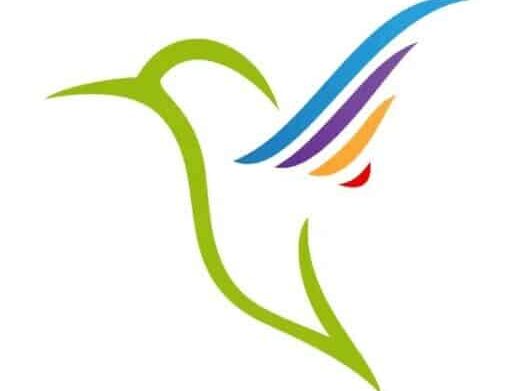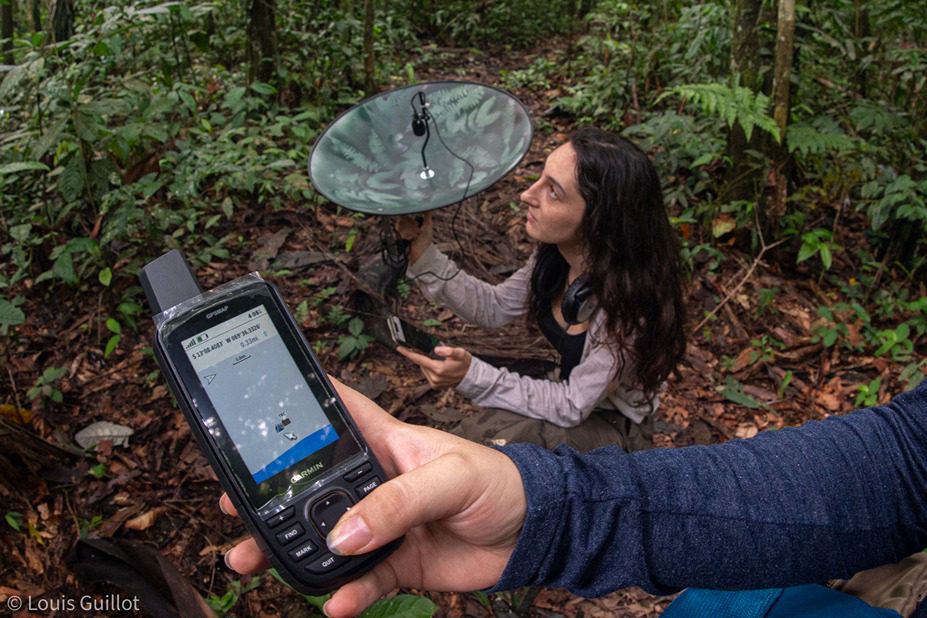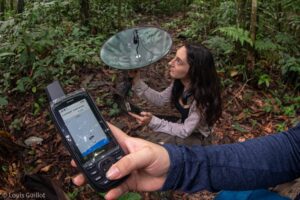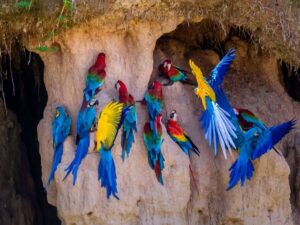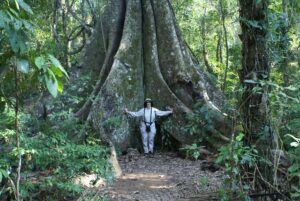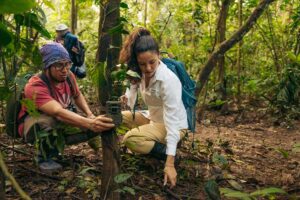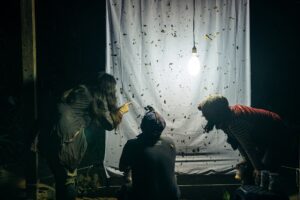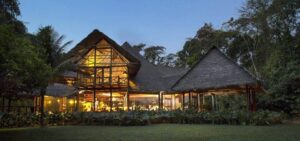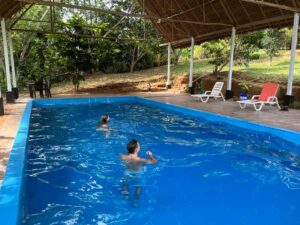Discover new species with Tambopata research center team 5 Day
Discover New Species with Tambopata Research Center Team – 5 Days
Join expert researchers on an exciting **Peruvian Amazon tour** at the renowned Tambopata Research Center, one of the most remote and wildlife-rich lodges in the Amazon. Over five immersive days, you’ll venture deep into the Tambopata National Reserve, where scientists study the region’s incredible biodiversity.
Assist in wildlife monitoring, observe rare and newly discovered species, and explore untouched rainforest teeming with exotic birds, monkeys, and even jaguars. Walk through lush jungle trails, visit the world-famous Macaw Clay Lick, and learn firsthand about conservation efforts in one of the planet’s most pristine ecosystems.
This once-in-a-lifetime experience is perfect for nature lovers and adventure seekers eager to uncover the hidden wonders of the Amazon!
HIGHLIGHTS
Tour Includes:
This is an “All inclusive tour from pick up till drop off”
Pick up from (Airport, bus station or hotel)
04 Nights accommodation in bungalow with private bathroom
1 Ticket entrance to natural reserve 1 to (Sandoval Lake)
1 Professional bilingual guide in the jungle
1 Motor boat transportation for all trips
Breakfast (4) Dinner (4) Lunch (4)
All activities listed in the itinerary
Purified Water 24 hours (To recharge your canteen)
Wellingtons (Rubber boots)
No additional payment for single room or (Solo traveler)
Storage room for large luggage
First aid kit
Drop off to (Airport or bus station)
Meals:
Top Attractions:
Activities:
Tour does not Include:
Drinks bought at the bar
Gratuities
Domestic Flights or Bus from/to Cusco, Lima
Extra snacks and drinks
Travel insurance
Health coverage
Extra snacks and drinks
